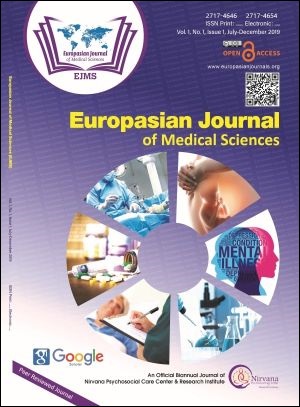Prevention of Hypertension at Intubation: A Controlled Study of Sublingual Nifedipine
Keywords:
Intubation, laryngoscopy, hypertension, Pharmacology of Nifedipine, sublingualAbstract
Background: Hypertension and tachycardia-induced after laryngoscopy and intubation can be prevented by various methods like deep inhalation anesthesia, intravenous opioids, topical intravenous lidocaine, intravenous adrenergic blocking drugs and pretreatment with antihypertensive.
Methods: It is a randomized controlled double-blind prospective study of two groups consisting of 30 patients in each group. Group A was the control group and group B were Nifedipine group who were pretreated with Nifedipine. This study aimed to assess the effectiveness of pretreatment with nifedipine in the prevention of the hypertensive response to laryngoscopy and endotracheal intubation in normotensive patients undergoing elective surgery.
Result: Sublingual nifedipine was significantly effective in decreasing systolic and diastolic blood pressure produced by laryngoscopy and tracheal intubation, but its role in decreasing pulse rate was not significant.
Conclusion: Nifedipine is useful to prevent laryngoscopy and intubation induced hemodynamic response.
Downloads
Downloads
Published
How to Cite
Issue
Section
License
The author(s) retain the ownership of the copyrights for their work published in EJMS without any restrictions. Upon submission, the author(s) grants EJMS a license to publish, including to display, store, copy, and reuse the published content.
License to Publish
By submitting a manuscript to EJMS, the author(s) grant the journal a non-exclusive license to:
- Publish and distribute the content in all formats, media, and platforms (both existing and future), while identifying EJMS as the original publisher.
- Reproduce, display, and store the content in both print and online formats, including institutional and digital repositories.
- Translate, adapt, and summarize the work, including reprints, extracts, and abstracts.
- Develop derivative works based on the original content.
- Include the work in electronic databases and provide links to third-party materials.
Creative Commons Licensing
In addition to EJMS’s publishing rights, authors grant third parties the right to use, share, and distribute their work under the Creative Commons Attribution 4.0 (CC BY 4.0) International License. This allows unrestricted use of the content, provided proper attribution is given to the original author(s) and the journal.

